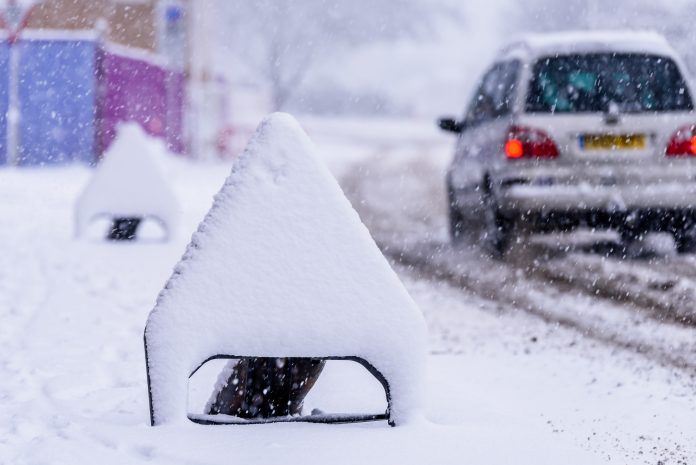As people across the country attempt to commute to work and school amid icy conditions, it will become increasingly difficult to ignore the realities of climate change. Here we discuss if the UK’s infrastructure is prepared to face these difficulties
The UK is famed for its mild weather, but this is starting to feel like a thing of the past. After one of the coldest winters on record in 2018, followed by an intense heatwave in summer 2018 and 2019, the weather is becoming increasingly unpredictable. Long-range weather scientists at UCL have predicted that Britain is in for another sub-zero winter this year. The temperature is set to drop as low as -9 degrees Celsius with heavy snow forecast but it isn’t just snow that poses a risk to British infrastructure; heatwaves and floods can also cause havoc.
Summer heatwaves
Warm summers are usually rare in the UK, with the first hint of sunshine prompting us to fire up the BBQ’s or head to the nearest available beer garden. But in recent years, the temperature has been on the rise and these pockets of sun seem more common. Although we love the opportunity to get outside, the hot and dry weather actually has a damaging effect on our infrastructure.
Dry heat contributes to road damage, including potholes and cracks, which can be seriously dangerous for drivers. In addition, heatwaves can cause railway systems to overheat, as the temperature of steel rails can reach 20 degrees higher than the air around them. Therefore, consistent temperatures of 30 or even 40 degrees could lead to extreme over-heating of rail tracks. As a result, the metal on the tracks will expand, which puts them at risk of buckling. In extreme circumstances, this could derail trains.
Hot weather can also cause sagging in electrical lines. This is yet another factor that could cause serious disruptions to train services, and the lines might even be pulled down. The only way that the rail systems can combat these dangers is to impose more severe speed restrictions. Although this may cause delays over hot periods, it is the safest way for the transport system to operate.
Flooding
Many areas of the UK are ill-equipped when it comes to dealing with floods. Another direct result of global warming, floods are becoming more and more common in the UK, and the Environmental Agency has told flood planners to “prepare for the worst”. In a recent consultation on flood strategy, the agency claimed that “for every person who suffers flooding, about 16 more are affected by loss of services such as power, transport and telecommunications.” Evidently, the UK’s infrastructure needs to keep improving, as floods are only going to worsen in the future.
In relation to this, the Environmental Agency advised that all public infrastructures need to be made flood-resilient by 2050. We also need to start considering the long-term rather than the immediate future. As part of this advice, they encouraged people to start considering potential flooding while building new homes, rather than just reacting to the damage when it occurs. When constructing something new, whether in the public or private sector, a flood risk assessment should always be carried out. These assessments identify flood mitigation measures and provide advice on what actions should be taken in the event of a flood.
Sub-zero Winters
With winter weather just around the corner for 2019/20, the UK needs to make sure its infrastructure is prepared. During the harsh winters of recent years, the UK transport system has faced extreme difficulties. From icy roads to exposed direct current indicators and flashover faults, the cold weather can cause severe damage.
A cold weather plan was established in response to this, so that people can be better informed on how to prepare for winter. Local authorities are now better equipped than ever to grit roads and prevent black ice as a result of this. For the transport sector, forward planning is key. Transport planning advice plays a major part in ensuring that infrastructure schemes take into account all environmental considerations at the design stage to help to mitigate risks.
Sources
https://www.theguardian.com/environment/2010/dec/23/uk-infrastructure-climate-change
https://www.bbc.co.uk/news/science-environment-48206325
http://discovery.ucl.ac.uk/10080518/1/Saunders_Lea%20and%20Smallwood%20%282019%29.pdf











